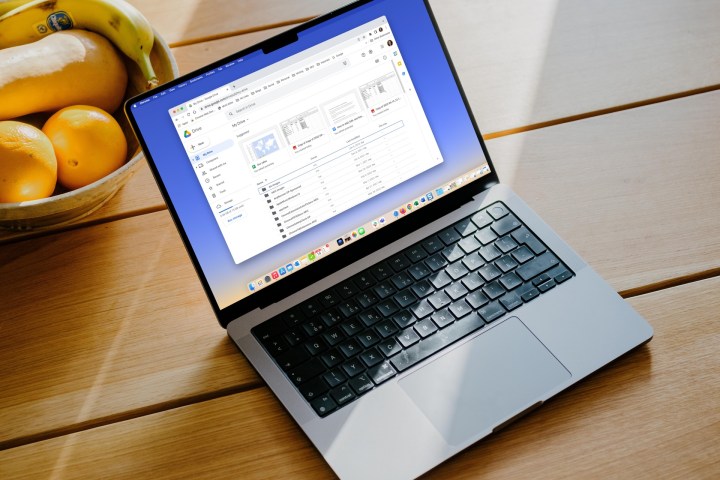If you use Google Chrome and are sick of managing an unruly mass of tabs in your web browser, help may soon be at hand. That’s because Google is testing a new feature that could bring order to your tab chaos.
As spotted by Leopeva64 on X (formerly Twitter), a new edition of Google Chrome Canary (a version of Chrome that lets users test out experimental features) contains a new tool called Organize Tabs nestled in the top-left corner of the browser.
Click the Organize Tabs button and your browser will attempt to smartly reorder your tabs into groups of similar pages. So instead of a confusing array of different tabs, they will be placed together in related clusters. Chrome will let you rename these groups, and might even be able to create tab groups automatically once it’s been able to categorize your tabs properly.
That could go a long way to making your tabs much easier to manage. Once you have your open pages grouped with other similar tabs, it should be more straightforward to interact with them and close any you don’t need anymore. By doing the grunt work automatically, Chrome would make this whole process a lot more palatable.
Tab Groups elevated

The new feature is not too dissimilar from Chrome’s existing Tab Groups feature. This lets you house related tabs in a group so that you can keep track of every website you have open. For instance, you might have a tab group for planning a holiday and another for a project you are working on.
Other browsers have introduced tab groups, with Apple adding them to Safari in macOS Monterey and Microsoft bringing them to Edge around the same time. Even new browsers like Arc have enthusiastically adopted them.
With that in mind, it’s unsurprising Google is looking for a way to stand out from the crowd. By automating the process, Google is hoping it can remove a process that might put users off tab groups — that is, the requirement to manually create and manage groups. The more tabs you have open, the more unattractive that task will seem.
There’s no word yet on when this feature might be publicly available, but when it does see the light of day, it could help Google Chrome cement itself as one of the best browsers out there.
Editors' Recommendations
- 5 web browsers you should use instead of Google Chrome or Edge
- Google’s Incognito Mode is in trouble
- Google brings AI to every text field on the internet
- The most common Google Meet problems and how to fix them
- Google just settled a $5B privacy suit involving Chrome browser



